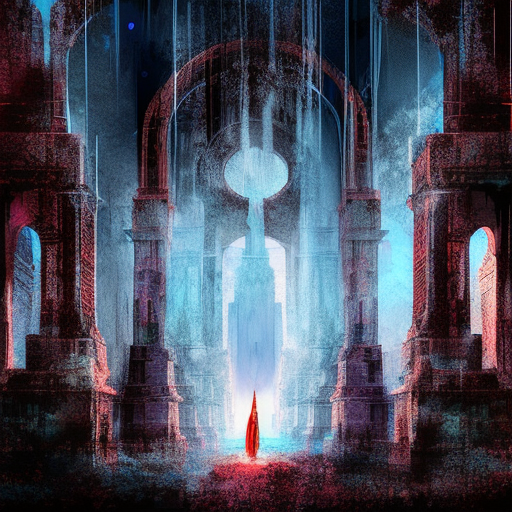The Tombs of Atuan: Summary
In “The Tombs of Atuan” by Ursula K. Le Guin, we follow the story of a young girl named Tenar who is taken from her family and raised to become the high priestess of the Nameless Ones. As she grows older, Tenar begins to question her role and the oppressive society she lives in, leading her on a journey of self-discovery and rebellion.
The Life of Tenar
Tenar, also known as Arha, is chosen at a young age to serve as the high priestess of the Nameless Ones, a dark and ancient religion in the land of Atuan. She is taken from her family and brought to the Place of the Tombs, a labyrinthine complex where the Nameless Ones are worshipped. Tenar’s life is one of isolation and duty, as she performs rituals and guards the tombs.
A Chance Encounter
One day, a young wizard named Ged, also known as Sparrowhawk, arrives at the Place of the Tombs. He is on a quest to find the lost half of the Ring of Erreth-Akbe, a powerful artifact that can restore balance to the world. Tenar is initially suspicious of Ged, but as they spend time together, she begins to question her beliefs and the purpose of her existence.
A Journey of Self-Discovery
As Tenar and Ged explore the labyrinthine tunnels beneath the Place of the Tombs, they encounter various challenges and dangers. Tenar starts to realize that the Nameless Ones are not as powerful as she once believed, and that the religion she has devoted her life to is built on lies and fear. She begins to question her role as the high priestess and the oppressive society she lives in.
Together, Tenar and Ged uncover the lost half of the Ring of Erreth-Akbe and use its power to escape the Place of the Tombs. They make their way to the coast, where they encounter a group of Kargish raiders. Tenar, now free from the constraints of her former life, decides to join the raiders and leave Atuan behind.
Key Takeaways
- Tenar’s journey from a young girl raised in a restrictive society to a woman who questions and rebels against oppressive beliefs.
- The power of self-discovery and the importance of questioning societal norms.
- The exploration of religion and the dangers of blind faith.
- The transformative nature of friendship and companionship.
“I will not be the servant of the Nameless Ones. I am free.”
In “The Tombs of Atuan,” Ursula K. Le Guin takes readers on a captivating journey of self-discovery and rebellion. Through the eyes of Tenar, we witness the transformation of a young girl trapped in a life of duty and isolation, to a woman who questions the oppressive society she lives in and finds the courage to break free. Le Guin’s exploration of religion, power, and the importance of self-discovery makes “The Tombs of Atuan” a thought-provoking and empowering read.












